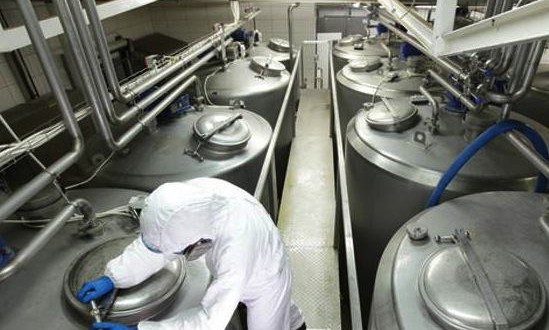The US Department of Health and Human Services (HHS) has published the 13th Report on Carcinogens (RoC), which adds four substances to the listings.
This report now includes 243 listings categorized as “known to be a human carcinogen” or “reasonably anticipated to be a human carcinogen.”
One of the changes include the reclassification of ortho-toluidine as a known human carcinogen. Ortho-toluidine, a synthetic chemical used to make rubber chemicals, pesticides, and dyes, has appeared on the list since 1983 as “reasonably anticipated to be a human carcinogen.” However, its reevaluation was prompted by new cancer studies that showed it to cause urinary bladder cancer in humans.
Three substances (1-bromopropane, cumene, and pentachlorophenol) have been added as reasonably anticipated to be human carcinogens. 1-bromopropane is used as a cleaner for optics, electronics, and metals, as well as a solvent for aerosol-applied adhesives, and is also used in dry cleaning and aircraft maintenance solvent sprays. Inhalation of 1-bromopropane in rodents caused tumors in several organs, including the skin, lungs, and large intestine. Cumene is found in coal tar, petroleum, and in tobacco smoke. Cumene inhalation caused lung tumors in male and female mice, and liver tumors in female mice. Pentachlorophenol and its by-products are complex chemicals used as wood preservatives. Exposure to this mixture was linked to an increased risk of non-Hodgkin lymphoma in human studies. In animal studies, tumors in the liver and other organs were seen in mice.
Agencies/Canadajournal
 Canada Journal – News of the World Articles and videos to bring you the biggest Canadian news stories from across the country every day
Canada Journal – News of the World Articles and videos to bring you the biggest Canadian news stories from across the country every day



